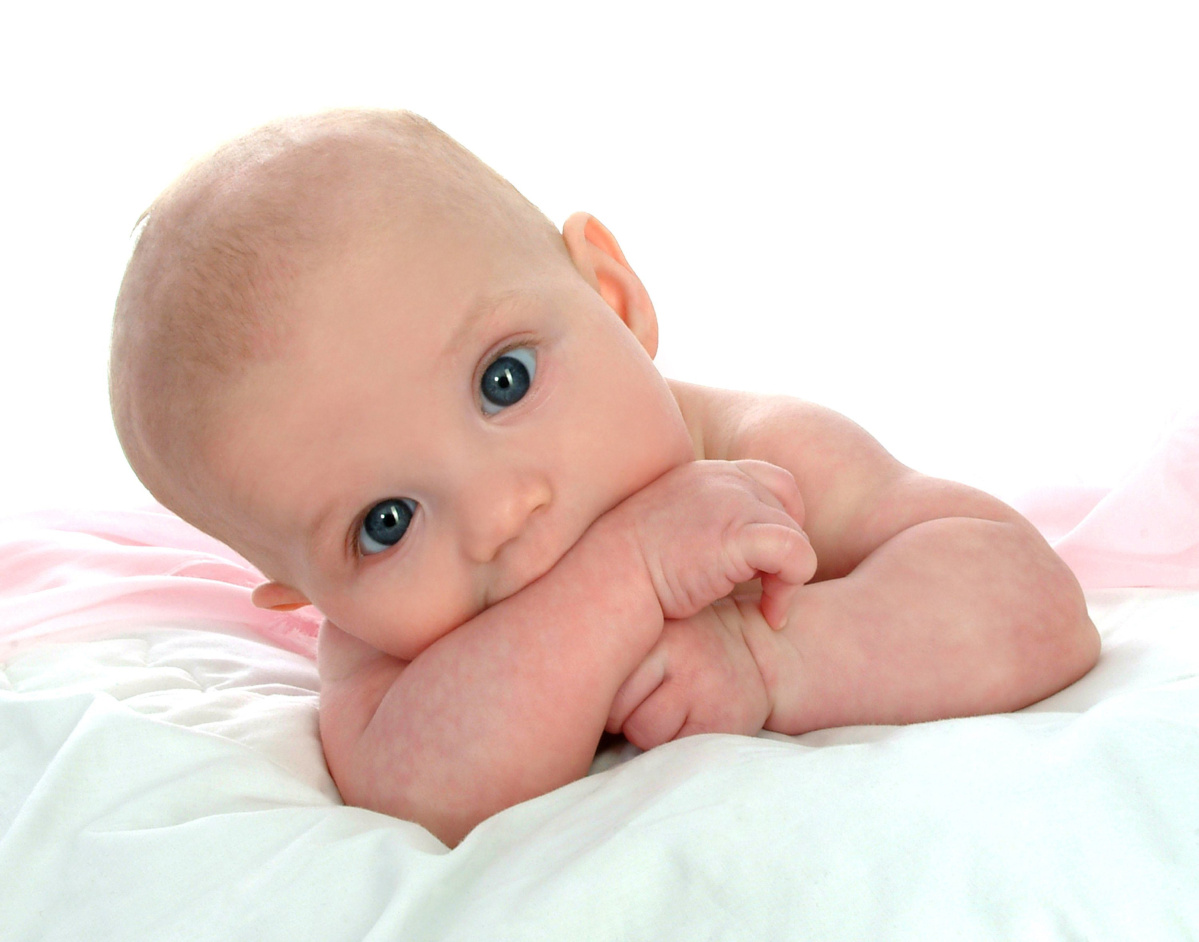
O meio ambiente e o estímulo que o bebé recebe são
determinantes para o seu desenvolvimento.
Mas já é possível estimular um bebé tão pequeno? Claro que
sim! E de certeza que muita coisa já fazem sem sequer pensar que o estão a
ajudar a desenvolver.
No primeiro mês, o bebé dorme muito (se tiverem essa sorte)
e vê muito mal. Mas o sentido da audição está já muito desenvolvido.
Assim, cantem, conversem, dêem-se a conhecer ao vosso bebé.
A voz da mãe já lhe é familiar desde o útero e para além da segurança que lhe
transmite, é o meio privilegiado de estimulação auditiva. Utilizem inflexões de
voz e alternem entre conversa e leitura (de livros infantis, poemas,
notícias...).
Deem também a conhecer diferentes sonoridades: oiçam muita música!
E não precisa de ser apenas canções de embalar. Oiçam a música que vocês
gostam, música clássica, música do mundo... Ofereçam variedade!
Toquem-lhe, façam-lhe festas e massagens, encostem a sua
pele na vossa, deixem que se acalmem com o som familiar do vosso coração a
bater. E dancem muito!
Há medida que vai tendo os olhos abertos mais tempo,
aproximem a vossa cara da dele, afinal, é a sua visão preferida. Abram a boca,
façam caretas, mandem beijinhos. A partir de certa altura o bebé começará a
tentar imitar-vos, mas precisa de absorver o que está a ver. Por isso,
experimentem deitar a língua de fora e aguardem uns segundos. Pode ser que
depois do período de latência o bebé vos deite a língua de fora de volta. Se
não o fizer, não há razão para alarme, mas continuem a brincar com ele deste
modo. (Pode ser um bebé educado e não gosta cá de deitar a língua de fora aos
pais, pois então!).
A partir de um mês, o bebé vai gradualmente ganhando mais
força nos membros e pescoço. Chega a altura de o ir colocando todos os dias um
bocadinho de barriga para baixo. Não tarda já estará a apoiar os braços e a
levantar a cabeça.
A nível visual, também vai havendo evolução e o bebé vai conseguindo
focar melhor e ver cada vez mais longe. Apresentem-lhe imagens contrastantes,
em livros ou pela casa (por exemplo, um quadro na parede). É também agora que o
bebé vai descobrir os mobiles. Escolham cores fortes e com contraste.
O tato e o olfato devem também ser estimulados. O tato,
através dos carinhos e também passando-lhe objetos com diferentes materiais e
texturas pelas mãos e cara. Permitam-lhe que contacte com diversos cheiros. Uma
ideia é tê-lo na cozinha enquanto preparam as refeições (numa zona segura,
claro).
Atenção para não sobrestimularem e ficarem com um bebé
irritado. Tudo com conta e medida, aproveitando os momentos em que o bebé está
desperto e bem-disposto, e dando-lhe tempo para processar o que vai sendo
oferecido.
Acima de tudo: Aproveitar o bebé e dar-lhe todo o afeto do
mundo!
The
environment and the stimulation that the baby receives are crucial for their
development.
But is it possible
to stimulate such a small baby? Of course! And I’m sure you already do a lot without
even realizing you’re helping your baby to develop.
In the
first month, your baby sleeps a lot (if you’re lucky) and see very badly. But
the sense of hearing is already highly developed.
So, sing,
talk, make yourselves known to your baby. The mother's voice is already
familiar from the womb and beyond the security that it transmits, it is the
preferred mean of auditory stimulation. Use inflections of voice and switch
between talking and reading (children's books, poems, news...).
Also, offer
different sounds: listen to a lot of music! And it doesn’t need to be only lullabies.
Listen to music that you like, classical music, world music... Offer variety!
Touch him, cuddle
and massage him, let him rest against your skin, let him settle down with the
familiar sound of your heart beating. And dance a lot!
As he’s
able to keep his eyes open longer, approach your face to him, after all, it is his
favorite view. Open your mouth, make faces and send kisses. From one point on
the baby will begin to try to imitate you, but he needs to absorb what he’s
seeing. So, try showing your tongue and wait a few seconds. It may be that
after the latency period the baby shows his tongue back. Otherwise, there is no
reason for alarm, but continue to play with him this way. (You can have a
polite baby who dislikes showing his tongue to his parents!).
After a
month old, your baby will gradually gain more strength in the limbs and neck.
It is time to put him stomach down for a little while every day. It won’t be
long until he can use his arms to lift
his head and look up.
Visually,
there will also be changes and the baby will have a better focus and see
farther and farther away. Show him contrasting images in books or around the
house (for example, a picture on the wall). It is also now that the baby will
discover the mobiles. Choose strong and contrasting colors.
The feel
and smell should also be encouraged. Feel, through cuddles and also passing objects
with different materials and textures by the hands and face. Allow him to
contact with various smells. One idea is to have him in the kitchen while
preparing meals (in a safe area, of course).
Be careful
not to overstimulate and get an angry baby. All to account and measure, taking
advantage of the times when your baby is awake and in a good mood, and giving him
time to process what is being offered.
Above all: Enjoy
your baby and give him all the love in the world!

No comments:
Post a Comment
Algo a comentar? Aqui é o lugar! :)